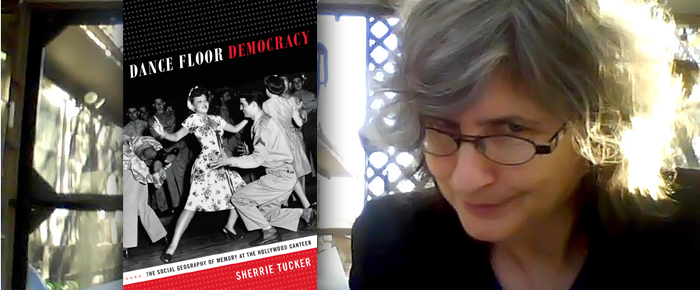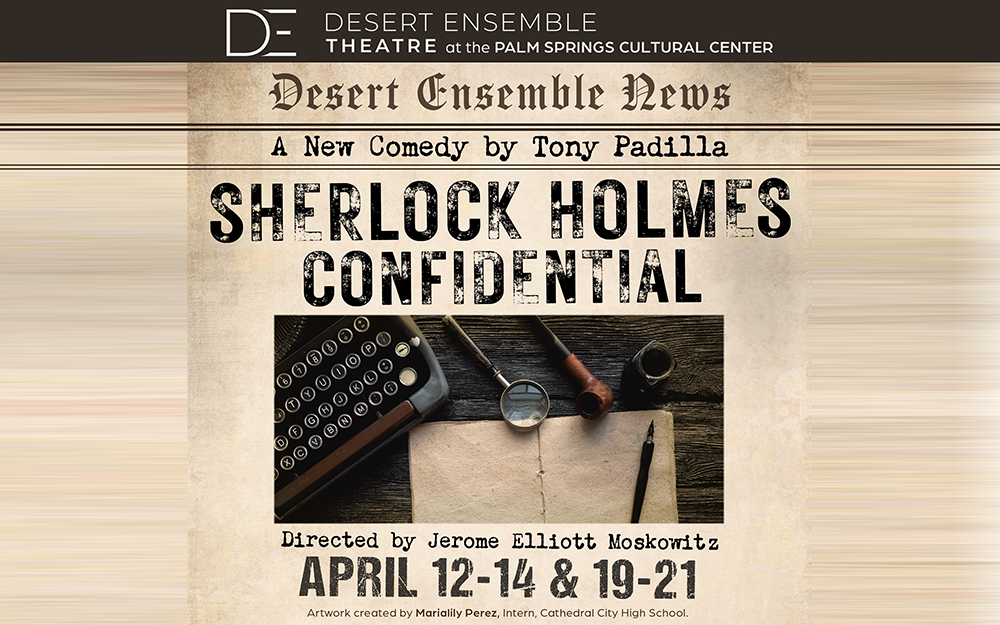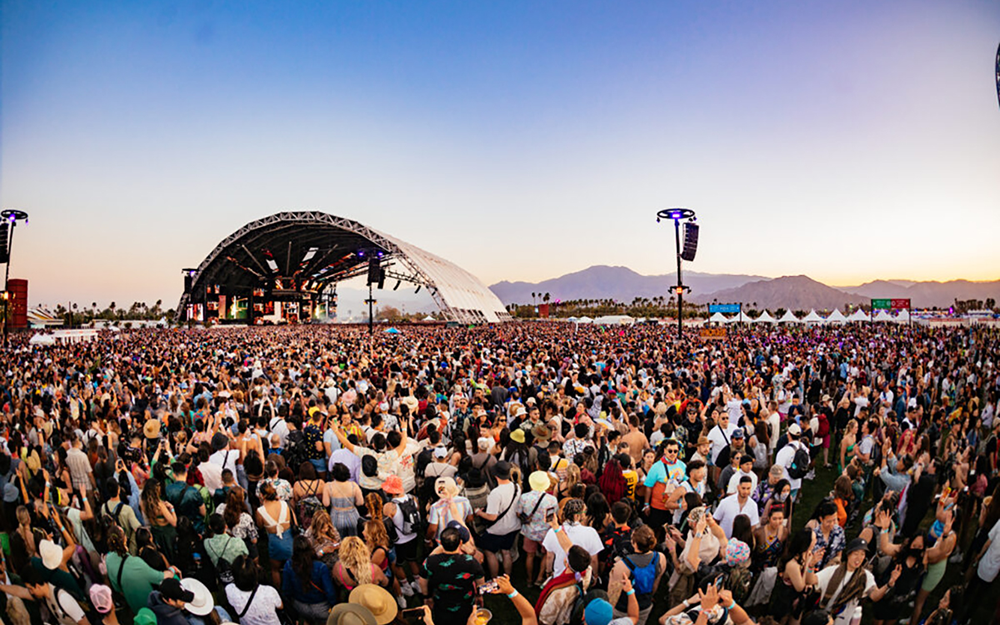
By Heidi Simmons
—–
Dance Floor Democracy
by Sherrie Tucker
Nonfiction
—–
Earlier this year, Secretary of State, John Kerry, met with Hollywood movers and shakers to persuade the film industry to help with the fight against ISIS by producing movies that would change the minds of those who might be inclined to join the terrorist organization. Hollywood has helped with every war effort since its inception.
In Sherrie Tucker’s Dance Floor Democracy: The Social Geography of Memory at the Hollywood Canteen (Duke University Press, 408 pages), the “Greatest Generation” recalls life on an iconic Hollywood dance floor.
If you think about Hollywood culture during the second World War, you might get an image of a black and white photo where a pretty girl dances on a crowed dance floor, her legs and arms stretched out doing the jitterbug with a young man wearing a uniform equally sprawled in motion.
Likely, that iconic image was taken at the Hollywood Canteen. The doors opened in 1942 on Cahuenga Boulevard in Hollywood, California. Created and staffed by Hollywood guilds and unions to support the war effort, it was a club designed specifically for servicemen and women, and the service personnel of US allied countries. The Hollywood Canteen provided free food, dancing and entertainment.
Bette Davis and John Garfield were the impetus and energy behind the club. The idea was to bring big stars like Rita Hayworth, Hedy Lamarr, Ann Sheridan and Marlene Dietrich, along with the big bands of Duke Ellington, Jimmy Dorsey and Kay Kyser to the regular people or “little shots” as opposed to “big shots.” The famous and beautiful would serve food and dance with servicemen to show their support for the “Good War.”
Author Tucker explores the national identity the club portrayed and the dance floor democracy of war, unity, innocence, equality, integration and patriotism. Tucker asks what is the gap between the iconic photo and the national memory.
In her research, Tucker found that newspapers across the country from the Los Angeles Times to the communist Daily Worker all described the Hollywood Canteen in the same positive terms expressing a “utopian tale of national unity and innocence.” These periodicals claimed the canteen was egalitarian, where mix races danced together and economic differences were set aside.
With 60 interviews of people who attended or worked at the canteen, Tucker thoughtfully and respectfully forms a narrative of the era that includes music, dance, gender and race.
As it turns out, the first-hand recollections do not always support the joyous image of the picture-perfect nationally embraced narrative. News that white women danced the swing with black men could not be confirmed. Rather, black servicemen tell that they were denied front door entrance and sat in the balcony to watch the dance floor below.
Hearing the reports of black men dancing the swing with white women incited the FBI to send an agent to spy. The FBI also had concerns there might be a Communist presence at the canteen.
I was certainly aware of the iconic photos, but not until I read Dance Floor Democracy did I know the story behind them and the story of the Hollywood Canteen. I have seen the 1944 Warner Bros. film Hollywood Canteen and simply passed the movie off as a Hollywood musical and wartime propaganda. I didn’t realize the place was so politically significant and culturally popular. The canteen closed in 1945.
Tucker brings this world back to life and we get to relive it with all the fantastic music and dance that shaped the era. Tucker never forces an agenda and admits when she lacks further information. She is careful not to draw conclusions on politics or alter the existing narrative. She is simply sharing the honest beauty and dignity of the time period. Unfortunately, that also includes racism, sexism and inequality.
It’s important to get an authentic look at our past and Tucker takes that very seriously. Meticulously researched and well-written, Tucker is mindful of the history and points to the value in a total understanding of the complete picture.
Those who helped out at the club is a Who’s Who of “A” list Hollywood celebrity and power brokers. Hollywood Canteen created a fairytale mystique that, paradoxically, was both real and make-believe. Dance Floor Democracy is not about star power, but the power of music, dance and ideas and how that shaped a culture and transformed perception.
This is a fascinating and relevant read especially if you love history and music.








































